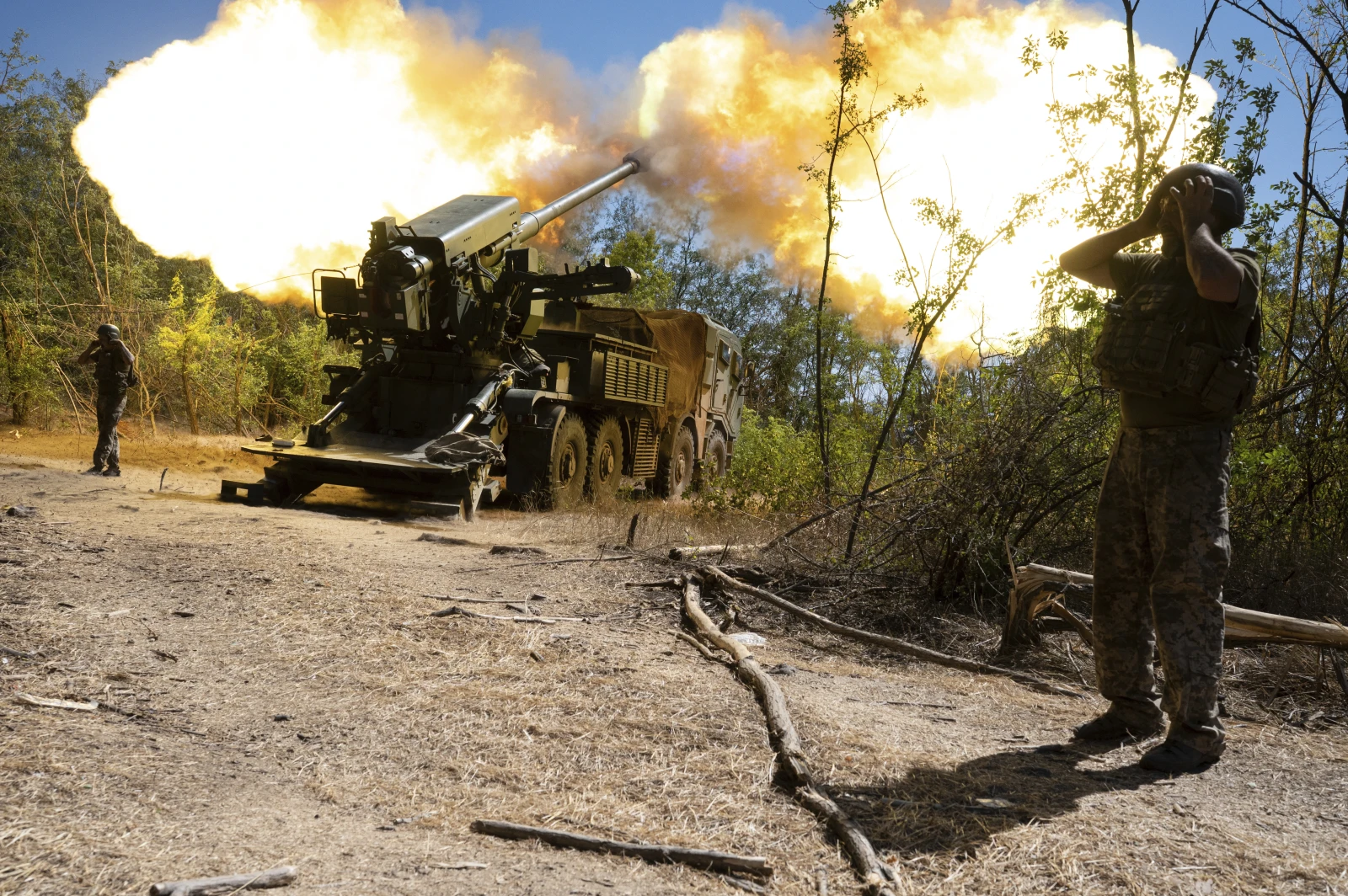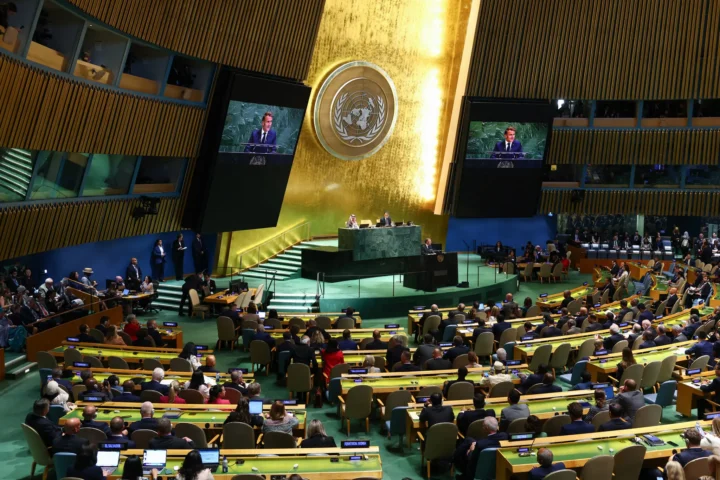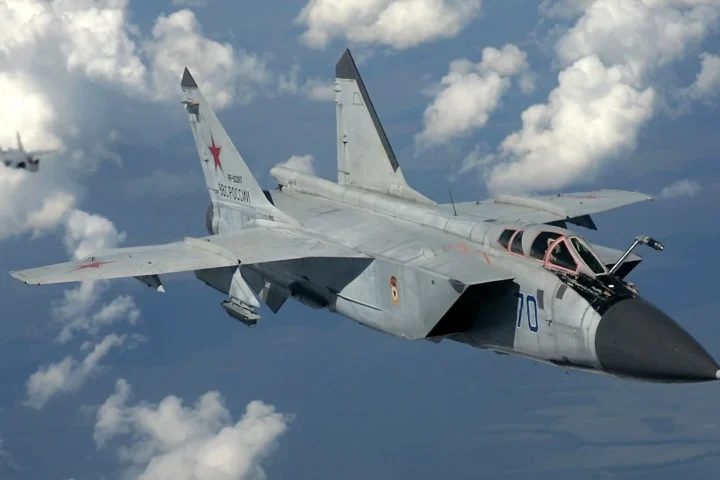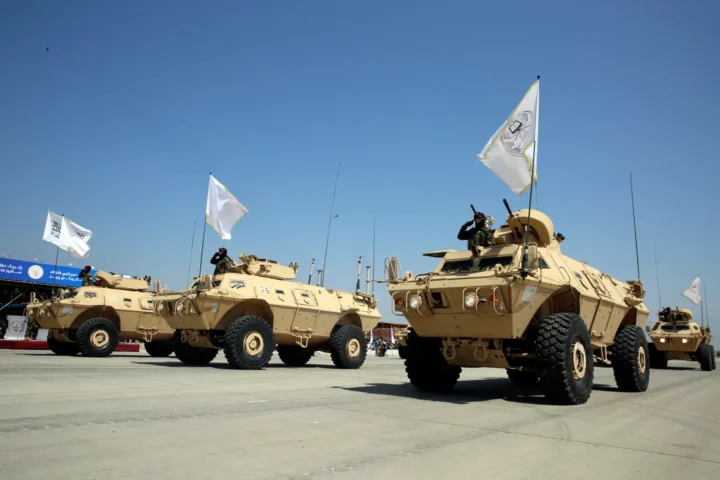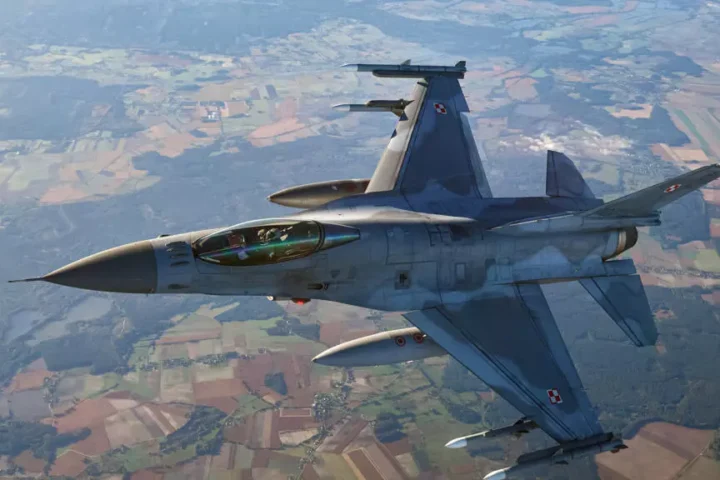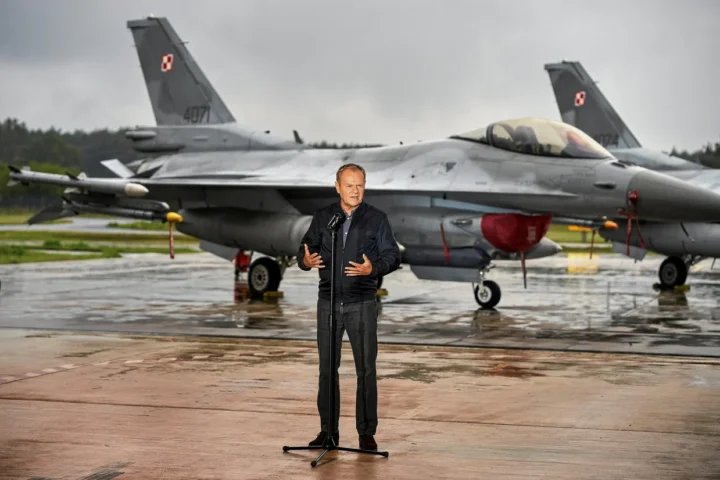Russia just hit western Ukraine hard—far from the usual front lines. The missile barrage slammed into Mukachevo, close to Hungary’s border. One key target: a U.S.-owned electronics plant. That’s not random. These factories don’t just build gadgets—they keep Ukraine’s logistics and repair work going. Breaking them messes with exports and slows the machines of war and recovery alike.
For a long time, this part of Ukraine felt safer. Now, that illusion’s gone. Local officials reported serious damage, injuries, and major blackouts. Crews spent the next morning clearing rubble, rerouting traffic, and trying to get power back on. Air raid sirens kept people underground for hours.
This wasn’t just a hit on buildings—it’s a warning. Russia is saying: nowhere is off-limits. It’s also forcing Ukraine to stretch its already-limited air defense systems even thinner. Until now, those were mostly focused on Kyiv and the east. But with strikes hitting closer to the EU border, Ukraine has to spread its protection wider—covering not just cities but key factories, rail lines, and power grids in the west.
Missiles Land as Diplomacy Lifts Off
The timing? Not a coincidence. These strikes came right as U.S., European, and Ukrainian leaders were meeting. On the table: how to start real peace talks without letting Russia call the shots. Moscow doesn’t want direct talks with Kyiv—at least not on Ukraine’s terms. Instead, they want leverage. And they’re using long-range missiles to get it.
Striking the west lets Russia show it can still escalate without touching NATO. It’s a way of saying: we’ll keep increasing the pressure if you drag your feet.
For Ukraine, the response is twofold. First, they’re calling out that these were civilian sites—not military. The goal wasn’t strategy; it was fear and disruption. Second, they’re asking their partners for more: more air defenses, faster missile interceptors, and stronger European cooperation to cover this new stretch of vulnerable land.
Expect louder calls for long-range strikes, tighter controls on tech ending up in Russian missiles, and better coordination across Europe to stop slow, piecemeal aid. Ukraine wants real systems, not statements.
Back home, Ukraine’s military will now beef up protection for fuel depots, power plants, and rail hubs that keep supplies and aid moving. What used to be rear bases are now getting decoys, camouflage, and rapid repair teams. Perfect defense isn’t possible. But if recovery’s fast and the risks of repeat strikes go up, the logic shifts. The goal is to make these hits less rewarding for Russia.
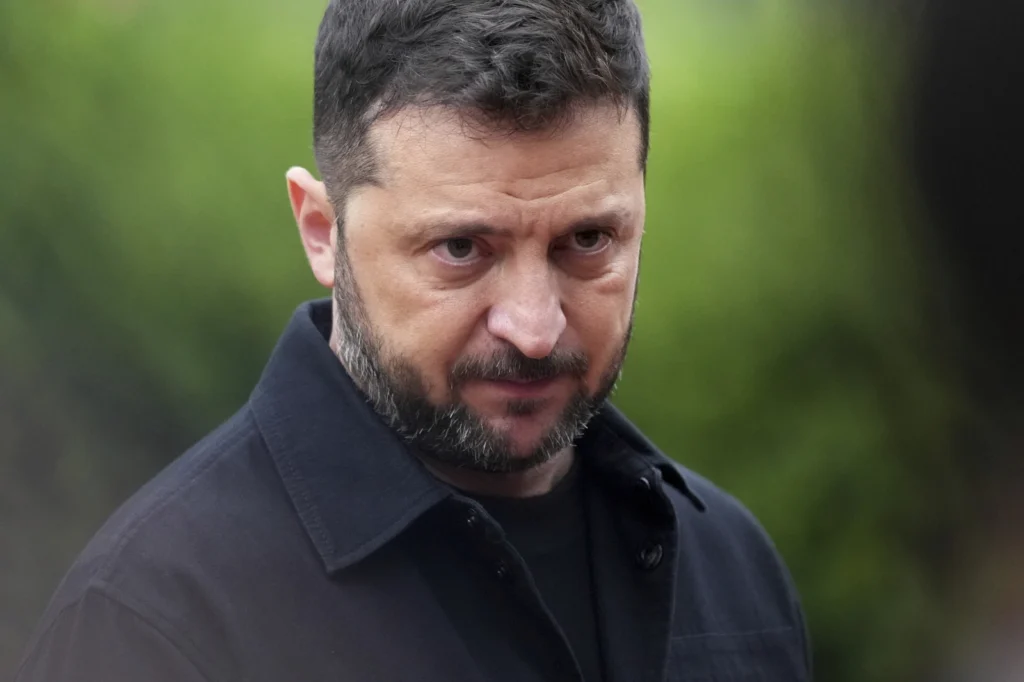
Danger at the Edge—and What to Watch Next
These western strikes add another problem: they’re happening close to NATO’s backyard. Airspace here is packed. NATO planes, Ukrainian drones, and civilian flights all overlap. One stray missile or misread radar could set off something much bigger. That’s why behind-the-scenes coordination—quiet calls, clear channels—matters even more than public speeches.
There’s also a business cost. Some companies stayed in Ukraine by spreading out operations, adding protections, and paying big for insurance. A hit like this changes the math. Boards start thinking about moving again. Supply chains stretch out. Costs go up. Some orders head elsewhere. Ukraine’s firms are used to adapting—stockpiling parts, setting up backups, switching locations—but they’ll be tested again if strikes in the west become the new normal.
So what’s next? Keep an eye on three things:
- Damage around Mukachevo: Not just the factory—look at nearby roads, rail lines, and power grids. How fast can they bounce back?
- Follow-up attacks: Was this a one-off? Or is Russia opening a new campaign against western Ukraine?
- Western response: Do all the tough statements about air defense actually lead to shipments of launchers, interceptors, and support crews?
This war keeps proving one thing: real leverage comes from the battlefield, not from press conferences. Drones, radars, missiles, and trucks decide the pace. Talks will happen eventually—but they’ll be shaped by what happens in places like Mukachevo, not what’s said in Washington.
Western Ukraine thought it had some breathing room. That space just vanished. Now, it’s alarms in the night—and another reminder that distance means nothing when the war decides to move closer.


